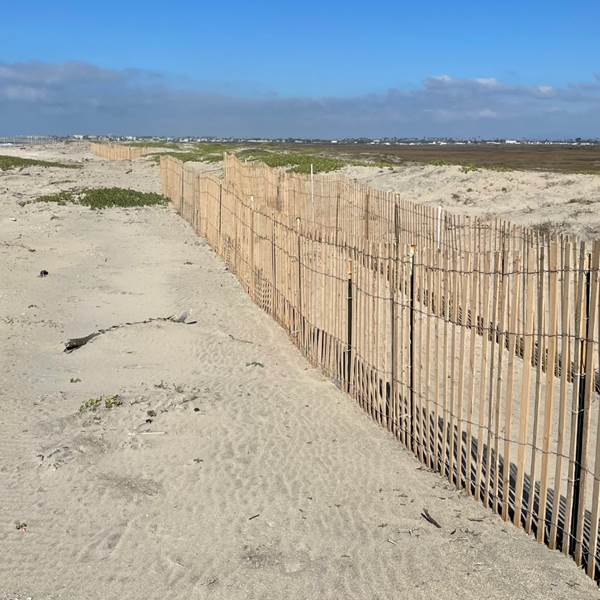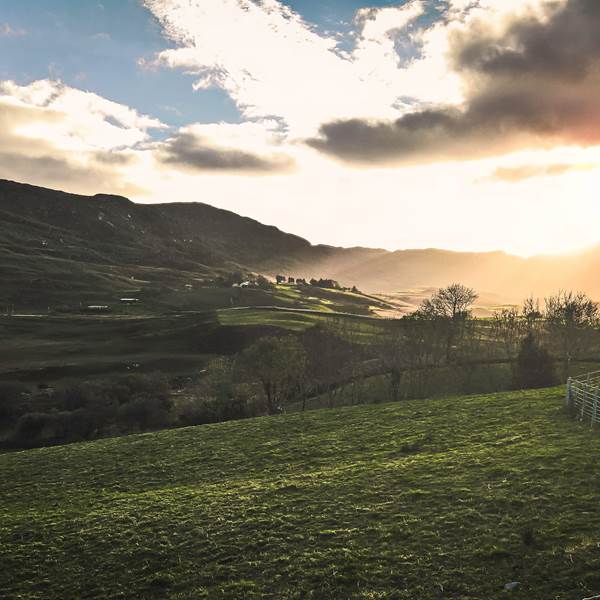2022 Essays: Climate & The Built Environment
What's next for green infrastructure, sustainability, and integrating climate goals with the built environment.
Editor's Note
From architecture to land use to transportation, the built environment has a profound effect on our climate, health and economy. In the US, buildings account for about 30% of greenhouse gas emissions and transportation about 29%. As we endure the effects from air pollution to extreme weather to water contamination, the future design of our communities plays a powerful role in mitigating climate change. Decarbonizing and reconceiving how we live, work, and move through the world is critical for our survival.
It truly takes a village to create communities that are adaptable and responsive to climate change. Collaboration and inspired thinking are required from many sectors including urban planning, architecture, engineering, transportation, land conservation, business, and government. How can these groups reimagine investment in key areas from transportation infrastructure and access to greenspace, to sustainable buildings, waste recycling, and land preservation efforts? Change also starts at home as we examine our individual behaviors from choosing the right environment to raise our kids to deciding what kind of home to buy or car to drive. In the face of competing priorities and uncertainty, decisions both big and small can lead to cascading impacts.
The following essays explore dynamic ways to integrate climate goals with our built environment, from how we live, travel, and manage waste to preserving our coastlines and providing greenspace access for all. Reading through this collection you will never be able to look at the spaces you interact with every day the same way again.
Tricia Waddell
Managing Editor

Passive House Design: Building for the Future
Residential buildings contribute around 20% of total U.S. carbon emissions, primarily through energy use. Ultra-energy efficient home design and sustainable construction offers near-zero carbon emission plus a healthier indoor environment, all with minimal additional investment.
By Evalyn Gates
Read More
Reshaping Infrastructure for Zero-emissions Transportation
As we contemplate a broad move towards zero-emission electric vehicles (EVs) to reduce greenhouse gas emissions, significant infrastructure is required to support transition at scale. From the impact on the power grid to creating hydrogen fueling stations, here’s how we efficiently invest in making wide-scale EV adoption a reality.
By Seth Terry
Read More
Carbon Positive Hotels: Designing Beyond Carbon Neutral
The hotel industry accounts for 1% of global emissions making it the single biggest contributor among housing types. A new breed of responsible hotel design and construction goes beyond carbon neutrality and environmental protection to ensure it produces more energy than it consumes.
By John Scott Lewinski
Read More
Castles Made of Sand: Environmental Engineers Look to Nature to Rebuild Coastal Sand Dunes
From coastal erosion to climate-induced sea level rise it may be hard to think of sand as an effective structural engineering solution. But the very elements that make sand appear weak paradoxically make it the most effective material on earth for keeping the ocean at bay.
By Charlotte Stevenson, Phyllis Grifman, & Leah Shore
Read More
Free to Wander: The Benefits of Urban Trails
Increasing access to safe and accessible urban trails is a key conservation tool that reduces air pollution, helps protect against global warming, and preserves greenspace, all while providing substantial health and wellness benefits.
By Amy Aves
Read More
How Cities Can Create Circular Technology Supply Chains
Western cities can learn a lot from how China treats the pollution from e-waste created by minerals like copper and gold found in consumer electronics. Taking our e-waste, stripping it for parts, and putting those inputs back into their manufacturing ecosystem, China has built a circular economy model for the future.
By Likam Kyanzaire
Read More
Climate and Contradiction in Puget Sound
Our approach to climate change must embrace science yet remain flexible to respond to conditions we don’t yet understand. As city planners and scientists address the impact of global warming on Puget Sound, they illuminate the importance of planning and adapting in real time.
By Deborah Kidd
Read More
Rural Communities and Sustainability: A Remote Irish Peninsula Shows the Way
A multi-year project in rural southwest Ireland started with figuring out how to increase sustainable energy grant uptake among local people. By involving the community at the decision-making stage, it ended up becoming a "living lab" for sustainable development.
By Robbie Galvin
Read MoreContributors

Evalyn Gates

Seth Terry

John Scott Lewinski

Charlotte Stevenson

Amy Challenger

Likam Kyanzaire

Deborah Kidd

